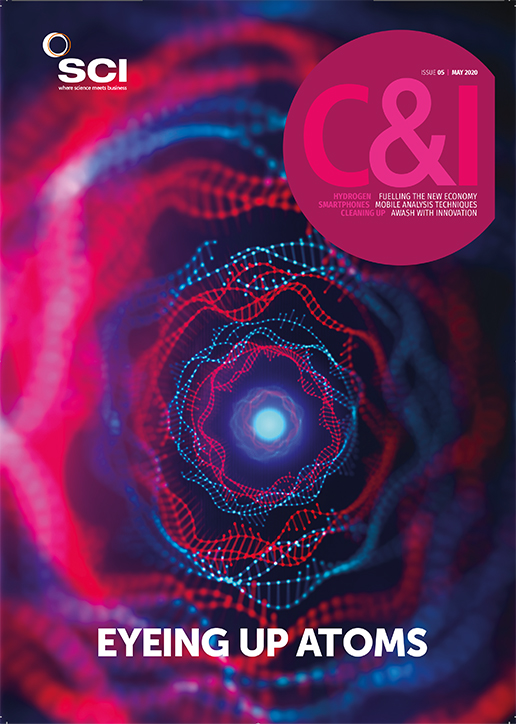Sepsis is a lethal illness responsible for 20% of deaths worldwide in 2017.
In 1999, Haichao Wang and his colleagues at the US Feinstein Institute for Medical Research identified the high-mobility group box-1 protein (HMGB1) as a mediator of late-stage sepsis and a therapeutic target (Science, doi: 10.1126/science.285.5425.248). Now, the researchers have discovered that HMGB1 acts with a partner-in-crime – another protein called tetranectin – to cause immunosuppression by killing white blood cells called macrophages (Sci. Transl. Med., doi: 10.1126/scitranslmed.aaz3833).
An antibody that prevented HMGB1 and tetranectin from interacting with each other rescued septic mice even when administered 24 hours after the onset of sepsis.
Wang and his colleagues began by comparing blood samples from healthy patients and septic patients. They observed that a 20kDa protein – tetranectin – was low in septic patients with elevated levels of HMGB1. Compared with healthy patients, septic patients had some 62 to 67% lower plasma tetranectin concentrations, and one patient who died of septic shock within 24 hours of blood sampling had almost none.
To confirm that tetranectin plays a role in sepsis, the researchers deleted a gene that produces tetranectin in mice and found it exacerbated mortality rates. Then, they administered tetranectin to septic mice and found physiological doses aided survival. But when they prepared a set of polyclonal antibodies to act against tetranectin, surprisingly, two of them protected the mice from sepsis.
‘This was totally unexpected, so we repeated the experiment,’ Wang said. The protective effect remained even when the antibodies were administered 22 hours after the onset of sepsis.
To figure out why, the researchers screened the two polyclonal antibodies against peptides found on different regions of tetranectin. It turned out both antibodies recognised a peptide that the researchers labeled P5. Wang’s team then generated a set of monoclonal antibodies in mice that bond to P5. An antibody called mAb8 greatly improved survival in septic mice, with less tetranectin depletion, lowered sepsis-induced lung and liver injury and reduced levels of bacteria in blood even when administered 24 hours after septic insult.
‘This has marked translational potential,’ writes Craig Coopersmith, a leading sepsis expert at Emory University, in an accompanying paper commentary. In most studies of new therapeutic agents, treatment begins very shortly after sepsis insult, which is not the case in the real world. ‘It is nearly impossible to treat patients in the earliest stages of disease.’
The antibody prevents tetranectin and HMGB1 from interacting, Wang explains. Tetranectin and HMGB1 bind strongly to form a complex that can enter and kill immune cells like macrophages, exacerbating sepsis. The antibody effectively competes with HMGB1 for binding with tetranectin, keeping it in blood plasma and outside of immune cells.





